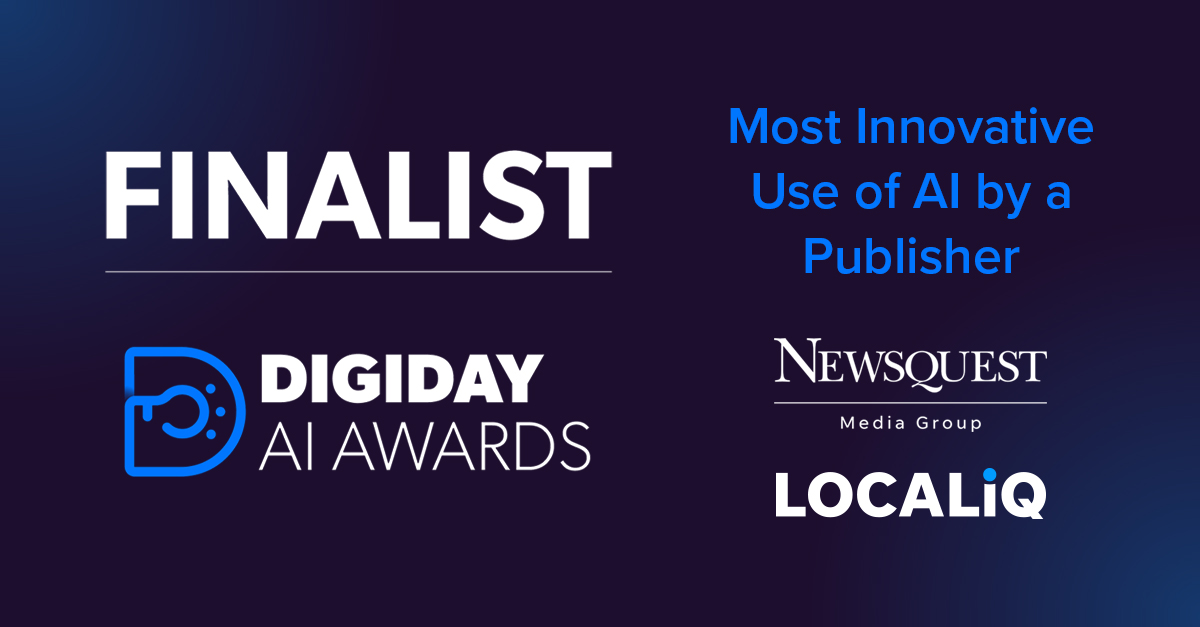How do you find your target audience?
We are going to explore finding your target market and how to find your target audience on Facebook.
Let us start by asking, what is a target audience?
Target market, target audience, target customer profile, target audience demographics, and target audience profile, all mean the same thing – they’re a group of people you want to target to sell your products and services to, because that group is most likely to buy from you and become retained custom.
According to Fabrick, a target audience is “a specific group of customers most likely to respond positively to your promotions, products, and services.”
So, for example, if you are an estate agent selling houses at the lower end of the price bracket, your target audience may be couples (two people together are more likely to afford a house than one) who are aged 25-35 (of typical first-time house buying age range) and in employment (can get a mortgage). Therefore, your target customer profile would be a partnered 25–35-year-old who has a full or part-time job and a reliable income.
So, how do I find my target audience?
Whilst market research is always a clever idea, we would not recommend piling your marketing budget into multiple campaigns that target a variety of online user demographics and behaviours – it is a waste of money, because afterall, not all demographics and users are going to be interested in your products or services.
Instead, think about WHO you want to target and WHY they would want/need your product or service. Consider the demographics they belong in which influence their purchase decisions – such as income, age, job status, income range, marital status, number of dependents, gender and so on.
Once you have established the demographics most likely to be interested in your business, you can move onto thinking about their behaviours.
What if I have more than one target audience?
Having more than one target demographic audience is the reality for many businesses.
You can create an advertising campaign that encompasses and targets all of your target demographic profiles on social media, but we would recommend running individual campaigns for each of your target demographic segments instead.
Businesses may find they have a couple or a few clear-cut target audience segments who differ in their demographics – such as newly engaged young couples and retired married partners – and each demographic audience segment needs its own tailored advertising and marketing campaign, because there is no one size fits all.
For example, a travel agency that runs clubbing holidays for young twenty-somethings, as well as child-friendly family holidays, would need two separate campaigns that appeal to those audiences individually, each with their own demographic targeting set-up applied.
What is behavioural targeting?
Now that we have covered how to find your target market and implement demographic targeting, we need to think about behavioural targeting.
Lotame state that behavioural targeting is a “technique (that) involves gathering data from a variety of sources about the potential customer’s online browsing and shopping behaviours.”
You don’t have to use demographic audience targeting, you can look to doing behavioural targeting instead – for example, Heythrop Park needed to target users who were showing online behaviours that exhibited an interest in hotel experiences, because they had multiple target demographic segments. The results from their behaviourally targeted social campaign were extraordinary, and extremely low CPLs were achieved against their higher AOVs.
You should look to target users who not only fit your target demographic audience but are actively engaged in consuming/buying/reading online content that indicates they would be interested in your products or services.
So, in your own instance, you could look at finding a target audience of online users who have previously looked at products and services online that are related to what you provide. A dental company could target users interested in tooth whitening, for example.
Another trick is to find the social media platforms your audience use actively, and use those networks for marketing to that audience, rather than spreading yourself thin across several social media channels.
How do I go about targeting the right audience on Facebook?
A targeted social media advertising campaign is gold dust for reaching the right audience and driving business leads. You can target Facebook ads to specific users, at incredibly granular, detailed, and in-depth levels.
Types of Facebook Ad targeting include demographic targeting, behavioural targeting, contextual targeting – covering user hobbies, interests, purchase habits, device usage, location and so much more. Furthermore, due to GDPR (General Data Protection Regulation), Facebook now uses its own algorithm to target users, rather than third-party data.
Additionally, Facebook offers lookalike audience targeting – this is when a targeted Facebook Ad campaign is constructed to reach new people whose interests like those of your best customers. Another option available for companies wanting to reach new audiences on Facebook are Custom Audiences, which allow you to connect with people who have already shown interest in your business, such as current customers, users of your app, or recent website visitors.
Retargeting your audience to increase conversions
You can also set up retargeting ads on Facebook. Facebook retargeting – also known as remarketing – allows businesses to reach customers who previously interacted with or were served their advert yet did not complete a conversion goal.
Read more about targeted social advertising or targeted display advertising, which are digital marketing solutions LOCALiQ have years of experience and expertise in providing.
If you need help connecting your business to your target audience, talk to us today.





